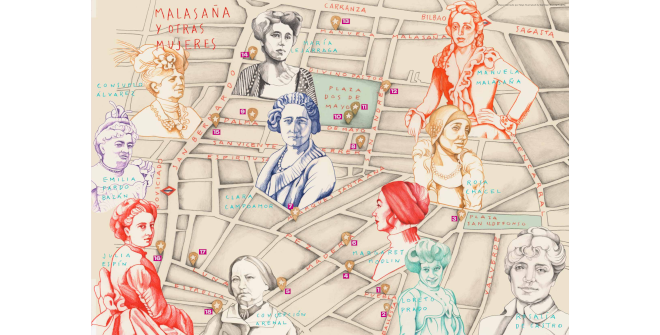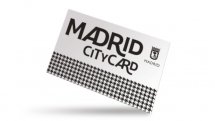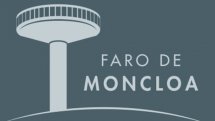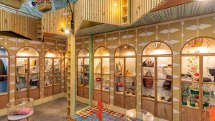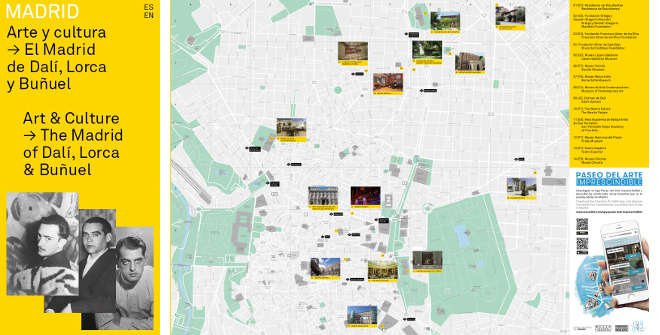Malasaña and Other Women
THE WOMEN'S QUARTER
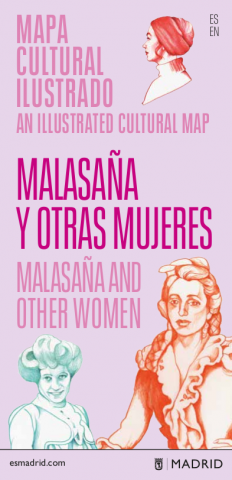 Between 1580 and 1640, during the Iberian Union of Spain and Portugal, a large number of Portuguese migrants arrived in Madrid. At the request of the Royal and Supreme Council of Portugal, a hospital and a church named after San Antonio de los Portugueses (St. Anthony of the Portuguese) were built. Once Portugal gained independence from Spain, however, the Spanish Queen Regent Mariana of Austria took over their patronage and chose to devote them to the Germans instead. Philip V eventually donated the institutions to the Hermandad del Refugio (Brotherhood of Refuge).
Between 1580 and 1640, during the Iberian Union of Spain and Portugal, a large number of Portuguese migrants arrived in Madrid. At the request of the Royal and Supreme Council of Portugal, a hospital and a church named after San Antonio de los Portugueses (St. Anthony of the Portuguese) were built. Once Portugal gained independence from Spain, however, the Spanish Queen Regent Mariana of Austria took over their patronage and chose to devote them to the Germans instead. Philip V eventually donated the institutions to the Hermandad del Refugio (Brotherhood of Refuge).
The brotherhood, which is still active today, carried out important work, providing people with food, clothing, medicine, shelter and burials. On their nightly rounds they would rescue abandoned girls from the streets and take them to a shelter. There were so many, though, that they had to work tirelessly until a School for Orphans was erected beside the church, where the girls were allowed to train for a profession. This is the heart of the neighbourhood that eventually came to be known as El Refugio (The Refuge).
In El Refugio, orphaned girls were given the opportunity to change the course of their lives. Many women in later generations did the same, and helped others to change theirs. Some even managed to change the country’s history.
If we trace their steps through the streets they once walked, we will chart a map of the neighbourhood that was first called El Refugio and then Maravillas, until the 1980s when the Movida movement made it famous the world over as Malasaña.
- Download the illustrated cultural map (785 KB) (Spanish/English)
